Sustainability reporting
advertisement
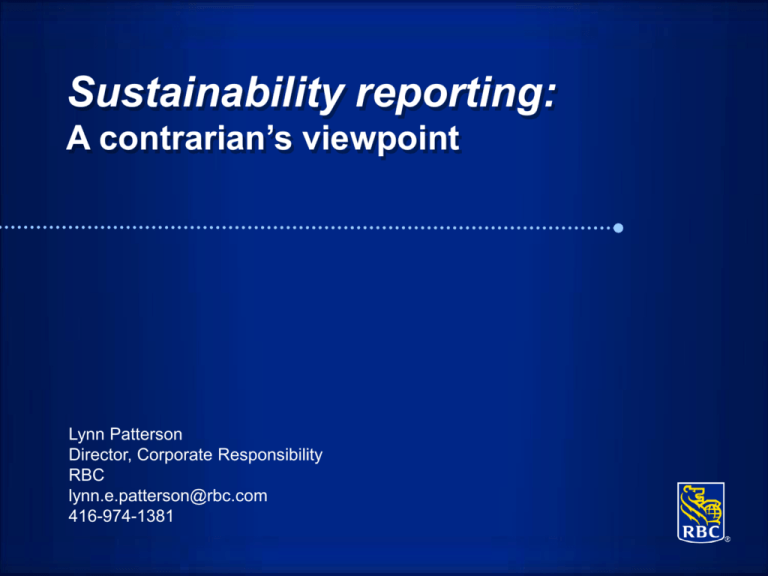
Sustainability reporting: A contrarian’s viewpoint Lynn Patterson Director, Corporate Responsibility RBC lynn.e.patterson@rbc.com 416-974-1381 The facts Source: Corporate Register CR Reporting Awards ‘08 March 2009 2 Why report? SRI Community Activist NGOs Regulators and government Consumers Employees Your Company Al Gore Factor Scandals Development of global standards Peer and other industry pressure New media, blogs, internet 3 Stakeholders say they want to hear about: human rights 61.4 energy/eco-efficiency 61.0 health and safety 60.4 59.4 climate protection environmental policy 58.8 environmental management of the production process corporate governance 58.8 56.8 standards in developing countries 56.6 avoiding soil and water contamination 53.9 environmental management system 53.9 52.7 bribery and corruption supply chain standards for social issues corporate citizenship 4 51.1 34.5 Source: Pleon Transitioning from “a report” to “reporting” Ad hoc Annual Report Marketing Vehicles CR Report/Review CR or sustainability website Responses to SRI analysts 5 RBC’s reporting suite 6 …plus a ‘create your own’ option 7 So…what to include? • • • • • • • • • 8 Issues that are relevant to your business (common sense) GRI indicators (menu approach) Areas of interest identified on SRI surveys Competitive scan (financial services) Input from stakeholders Report rankers (CERES, Stratos) Content of award-winning reporters (UK, Brazil, Canada, US) Current events (trends, scandals, media campaigns etc.) Codes of conduct or voluntary commitments your company has signed (UN Global Compact) Example: CERES/ACCA 9 RBC’s reporting cycle Spring Summer DJSI Survey 1 month Website updated Report Production Website updated 3-4 months Report Released Winter 10 Promotional tools updated Fall RBC reporting strengths and weaknesses • • • • • Readable style Consistent structure year over year 3-year comparative data Discussion of issues that are relevant to the business Good mix of formats for various audiences • • • • • 11 Few or no targets No external verification Lack of specific information about risk, liabilities and exposure within our investments arm (carbon etc). Lacking specific detail on CR governance (such as job titles (!) Too much good news Impact 12 Reality Check 13 Who’s reading CR reports? CR Consultants Students Corporate CR Professionals Academics Are these your target audiences? 14 How attentive are readers? 15 How easy are reports to read? 16 Who has a vested interest? 17 Who’s making money? 1. Surveys 2. Results pre-packaged and sold 4. Desire for increased disclosure 18 3. “Seals of Approval” used for company PR Is CR content really ‘material’? “Whatever else emerges from this crisis at the heart of our financial system, a total overhaul in the content and presentation of company annual reports is now due. [B&B’s Corporate Responsibility report was 28 pages long] … 7 times longer than the coverage given to risk management and control. And here we find top-notch twaddle: deep layers of low-grade corporate mince that is now routinely served up by the bucketful in annual reports.” Bill Jamieson, Upon reading the Bradford & Bingley 2007 Annual Report From The Scotsman 19 Reporting does not = performance 20 5 Best Practices 21 1. Focus 22 2. Report targets and performance 23 3. Drill down on key issues 24 4. Consistency for comparability 25 4b. Consistency across media 26 5. Opportunities for conversation 27 Lynn Patterson Director, Corporate Responsibility RBC lynn.e.patterson@rbc.com 416-974-1381





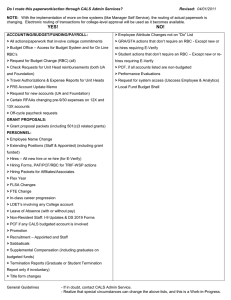
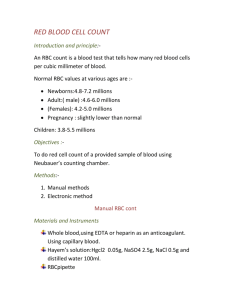
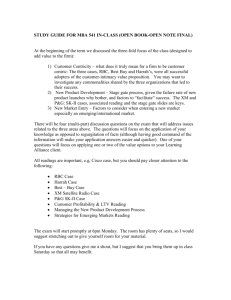
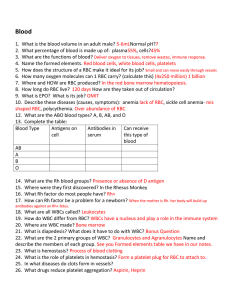
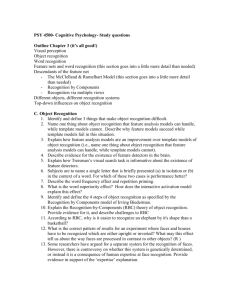
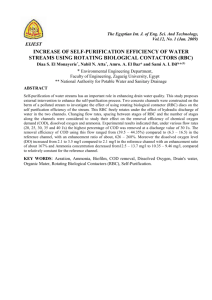
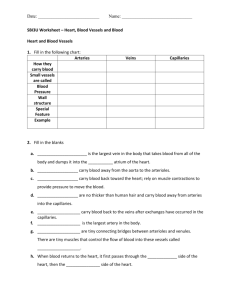
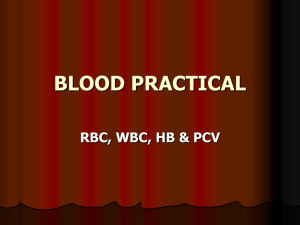




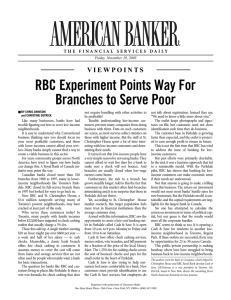
![objectives_and_notes_of_L1_blood2010-2[1]2011-09](http://s2.studylib.net/store/data/009844504_1-30f709d10bf0db8397ec8465a6ab5de2-300x300.png)

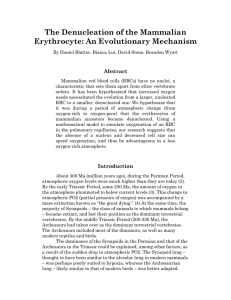
![ERYTHROCYTES [RBCs]](http://s2.studylib.net/store/data/010022214_1-beb1d7e17b6a0f039ee3618cfafe0436-300x300.png)